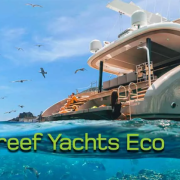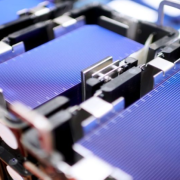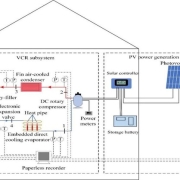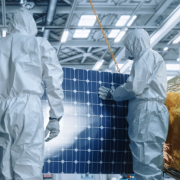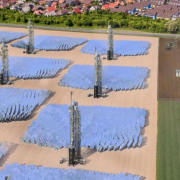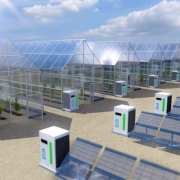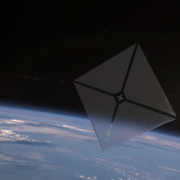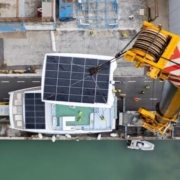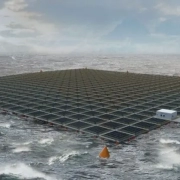Sunreef Yachts is already a solar electric boatbuilder recognized for its sustainability efforts in the maritime industry but is now taking things a step greener. The company is now integrating recycled PET bottles into its solar electric yacht production process.
Sunreef Yachts has been operating out of Gdansk, Poland, for over 20 years alongside a newer footprint established in the United Arab Emirates. From day one in 2002, Sunreef has been pushing the boundaries of sustainable marine travel, launching the world’s first 74-foot luxury oceangoing catamaran with a flybridge.
Click here to read the full article
Source: electrek
—
If you have any questions or thoughts about the topic, feel free to contact us here or leave a comment below.

